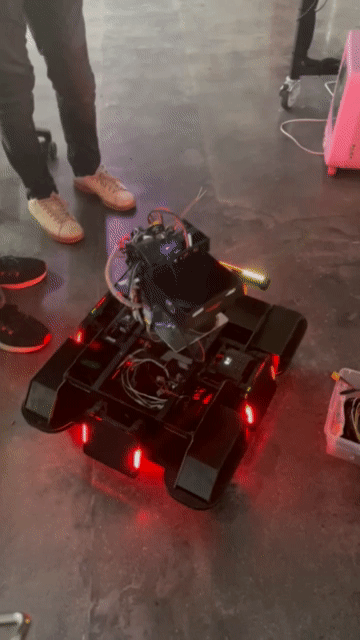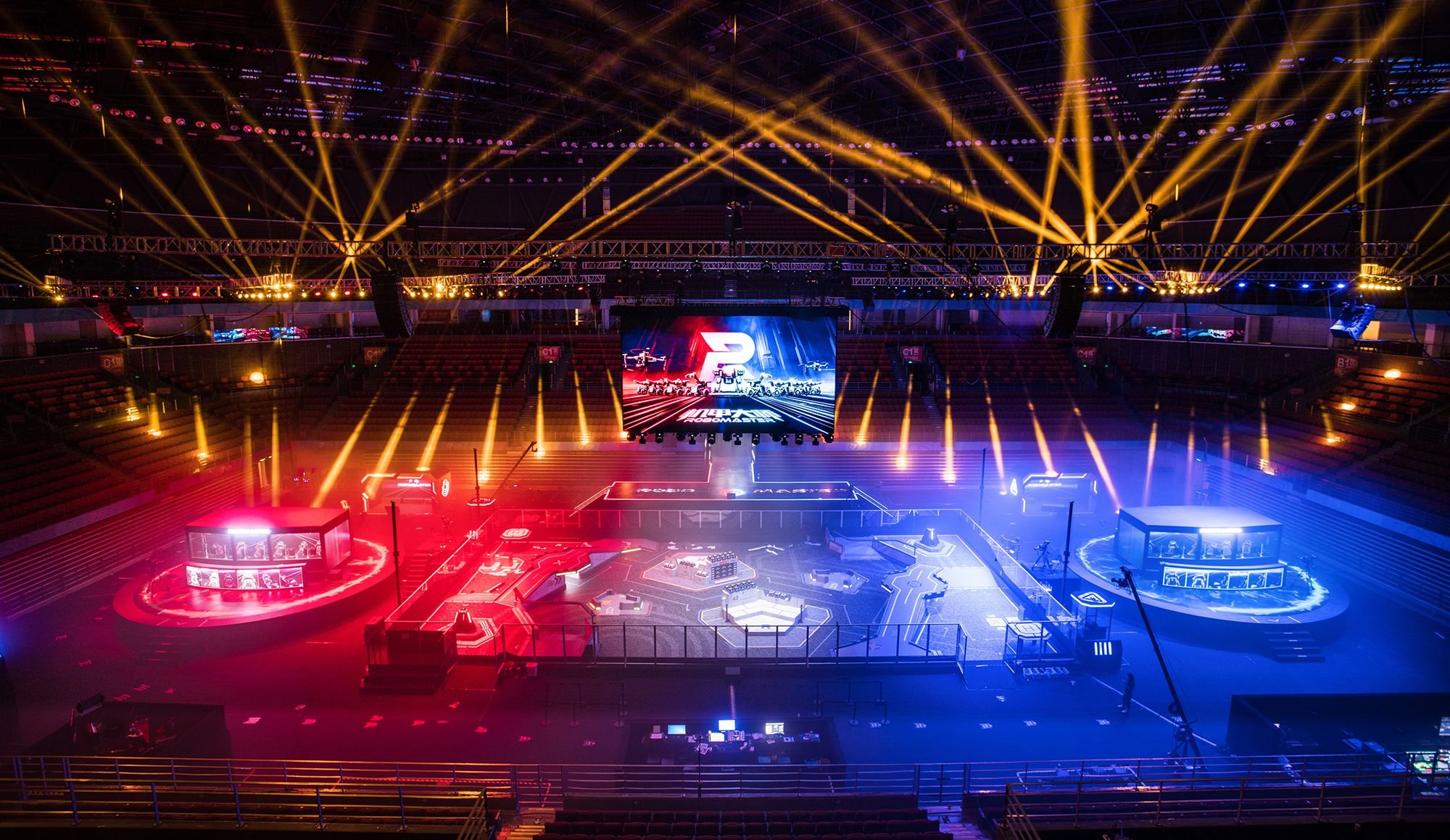
NYU RoboMaster: Team UltraViolet
Robotics Meets eSports
We are UltraViolet
RoboMaster is an international robotics competition designed to pit university students against each other in the ultimate battle of engineering, strategy, and teamwork. NYU’s RoboMaster team is made up of students from a variety of engineering backgrounds who are passionate about the development of robotics.
Established in the Fall of 2020, our mission is to build robots for the annual international RoboMaster Robotics Competition where we compete against universities from all over the world. RoboMaster is also a Vertically Integrated Project, providing structure to our self-directed research and professional development. We’re advised by CSE Associate Professor Julian Togelius and IDM alum Christopher DiMauro. RoboMaster sub-teams specialize in mechatronics, machine vision, A.I., robotics simulation, CAD, fabrication, and business.
We’ve competed at the North American League annually since our debut and will enter the competition next year as well.
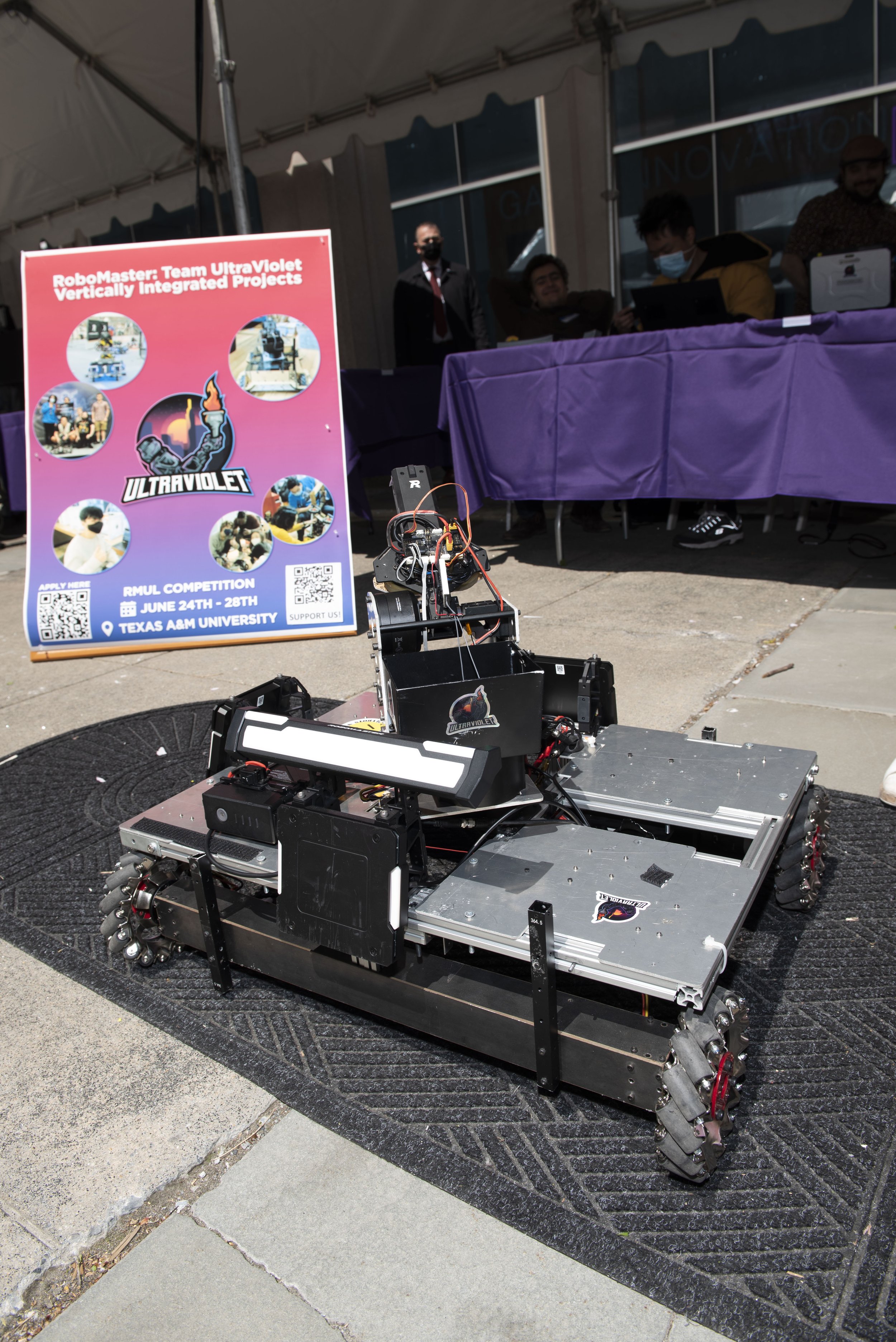
Meet the Robots
STANDARD
The Standard robot is exactly what it sounds like – a simple projectile-launching robot equipped with a single 17mm launcher. The standard’s job is to cover the distance on the field quickly and efficiently to help lockdown areas for the other robots to sweep the other team. In the 1v1 format, the standard is the only robot type allowed.
HERO
Our Hero is equipped with a large 42mm cannon, with the ability to two-shot a standard and break through a base’s defenses without even addressing the sentry. Designing and building this robot is essential to top-level play, as when the chips are down, you’ll hold out for a hero till the end of the night.
SENTRY
A fully autonomous robot, the Sentry is described as the last line of defense for the base. With two 17mm launchers and insane stats, the sentry can easily win most interactions. However, the sentry's health is also directly tied to a win condition, so care is needed to abuse it’s crazy offensive power.

Meet the SI Teams
-
The Controls side comprises an Embedded and Electrical approach to working our robot. The “brain” of the robot, a custom development board created in house runs a custom Embedded Linux Distro with ROS as a middle layer to interface with our hardware. From there, the programmers create nodes to run our robot controls code and interface with the server and client that manage the game state on the field.
-
The DevOps team is serves as the bridge between embedded programming, computer vision, and robot hardware. Our role is to ensure that the software and hardware sides of the robots work seamlessly together by setting up Docker containers, operating systems, and system services. We also streamline the software development process by maintaining CI pipelines, developer-friendly shell scripts, and technical documentation, allowing all software teams to efficiently produce clean, well-tested code.
-
The hardware design sub-team serves an important role in solidifying connectivity between subsystems on each robot, verifying the proper function of various electronic modules/circuits, and developing hardware-based solutions for supporting the unique features of each robot. As a bridge between the controls and mechanical sub-teams, the hardware design sub-team communicates extensively between the two disciplines to create specifications for custom PCBs/circuits, design ideated solutions using ECAD tools like Altium Designer, and employ unique testing methodologies to ensure solutions can be properly integrated.
Computer Science and Electrical Teams
Mechanical Engineering Teams
-
This Mechanical team is entirely focused on translating the design ideas of our robot teams into a 3D CAD software. Equipped with SolidWorks and ANSYS, this team models the mechanical systems of the robot and stress tests them in simulation softwares to make sure we don’t make critical design flaws.
-
From our CAD comes prototyping, machining, and assembly, which is the entire focus of the Production team. If you want to get down and dirty with your hands, working with all the tools across the MakerSpace and MakerGarage, the production team is your home. We utilize 3D printing technology, machining knowledge, and specialty machine shops to bring our robot CAD to life.
-
Without our marketing team, we would have no money and no prospects. Maintaining and updating our team website and social media is essential to showcasing our progress throughout the year and our performance at the annual competitions in order to secure sponsorships. Information regarding events, applications, etc is provided for prospective applicants alongside weekly updates to our numerous social media platforms. Our content includes team member showcases, event announcements, and robot progress updates.
-
The Competition team focuses entirely on the different competition formats across the RoboMaster circuit. They’re in charge of strategizing and fulfilling the documentation requirements in order to qualify for RMUL and RMUC. On top of this, any game designers or developers will be stoked to work on our custom Unity simulation of the RMUL competition that we employ for robot driver training.
Operations Team
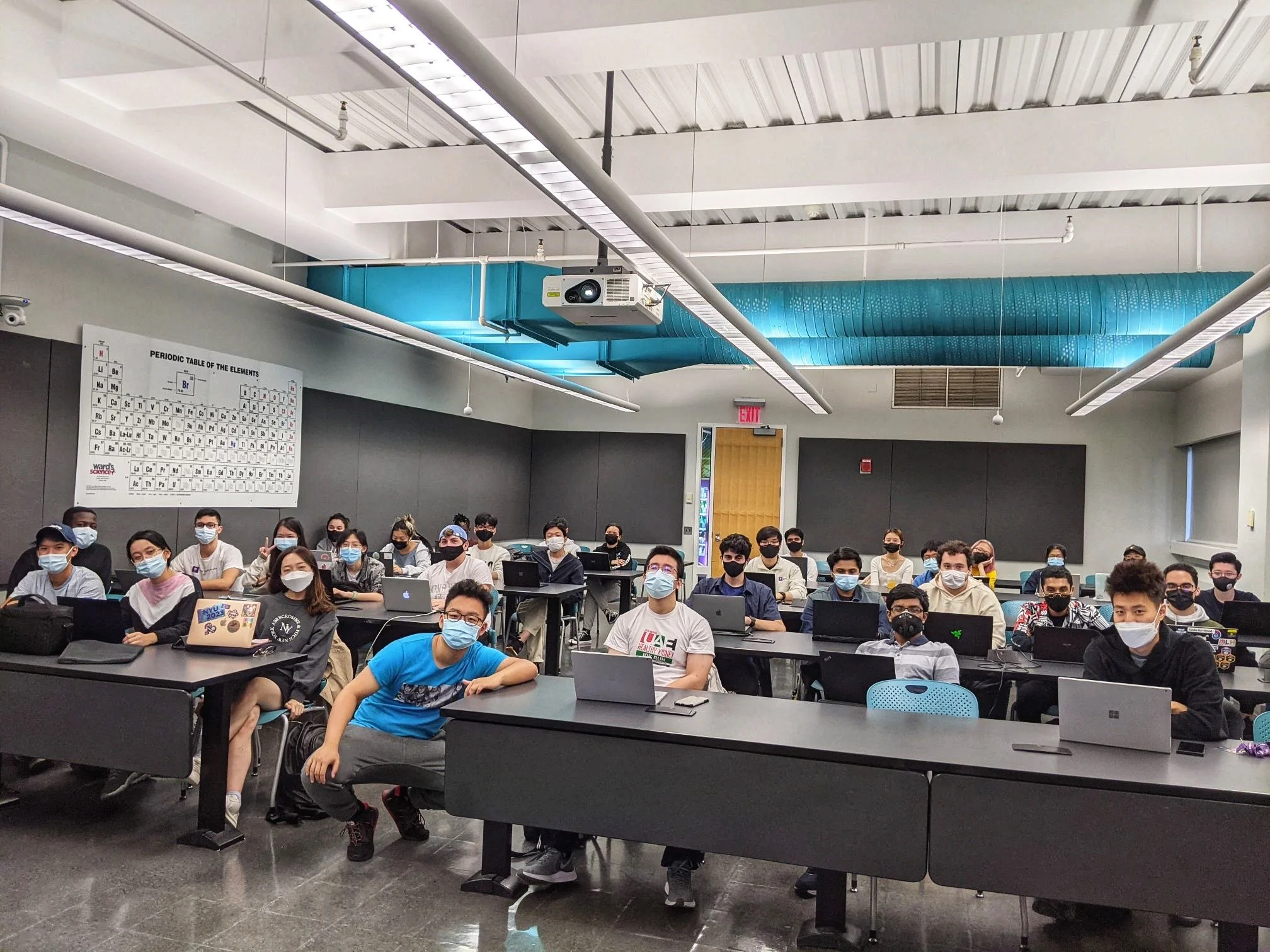
Spring 2025 Leadership
Executive Leads
Franklin Yiu
CAPTAIN
Daegyum Lee
VICE CAPTAIN
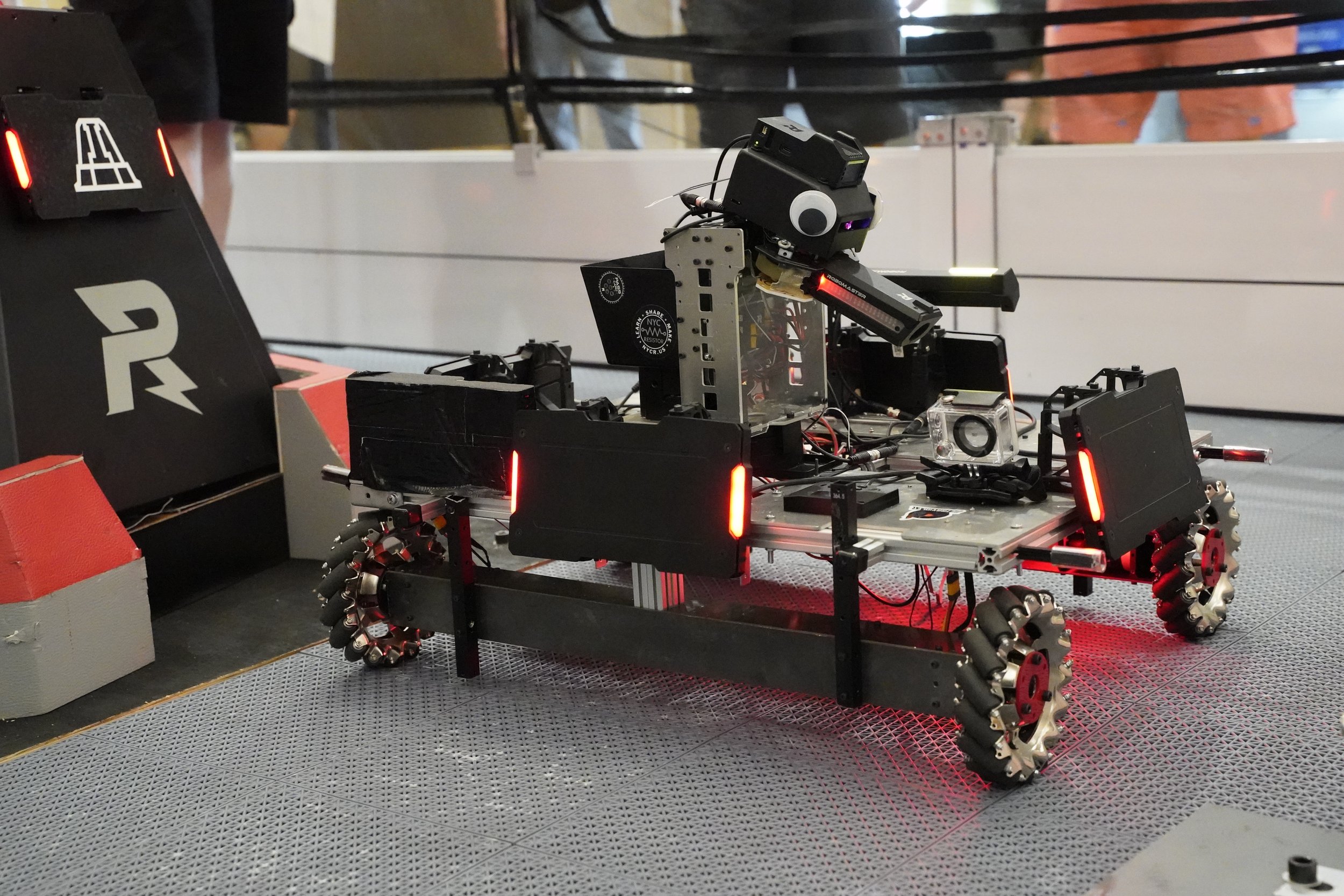
Advisors
-

Chris "Widget" DiMauro
Team Advisor
chris.dimauro@nyu.edu -

Julian Togelius
Director of the Game Innovation Lab
julian.togelius@nyu.edu -

Shubham Gupta
CV Advisor
sg7761@nyu.edu
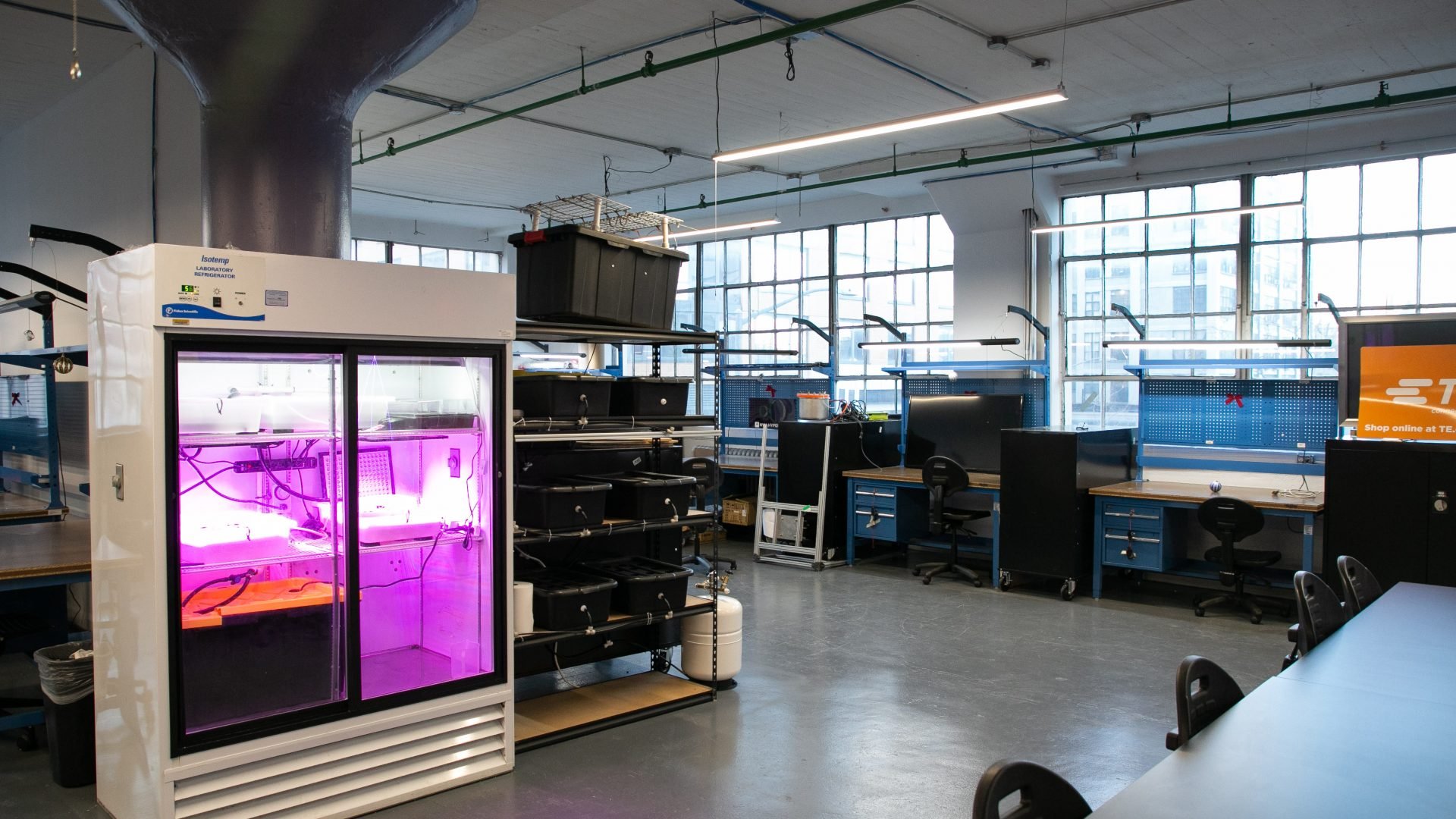
Our Home
The MakerGarage
This is where the magic happens! Located in The Clocktower Building, The MarkerGarage is a workshop space specifically for Vertically Integrated Projects. Our team members utilize this space to build and assemble the robots. It requires a special orientation to access, alongside the MakerSpace.
The Game Innovation Lab
Located on the 6th floor of 370 Jay Street, this is where you’ll find us in the late hours of the night programming and testing as much as we can. A secondary home from the MakerGarage, less intense work, and meetings are usually conducted here.





